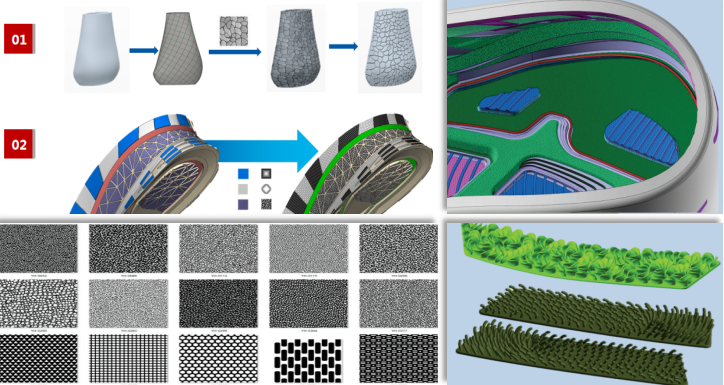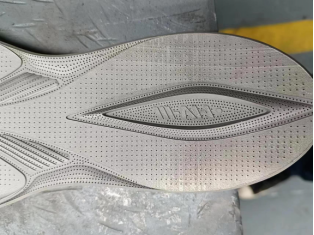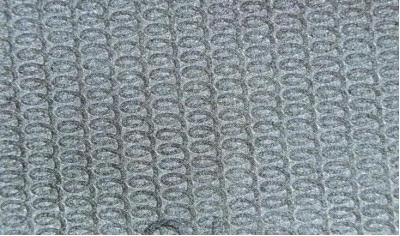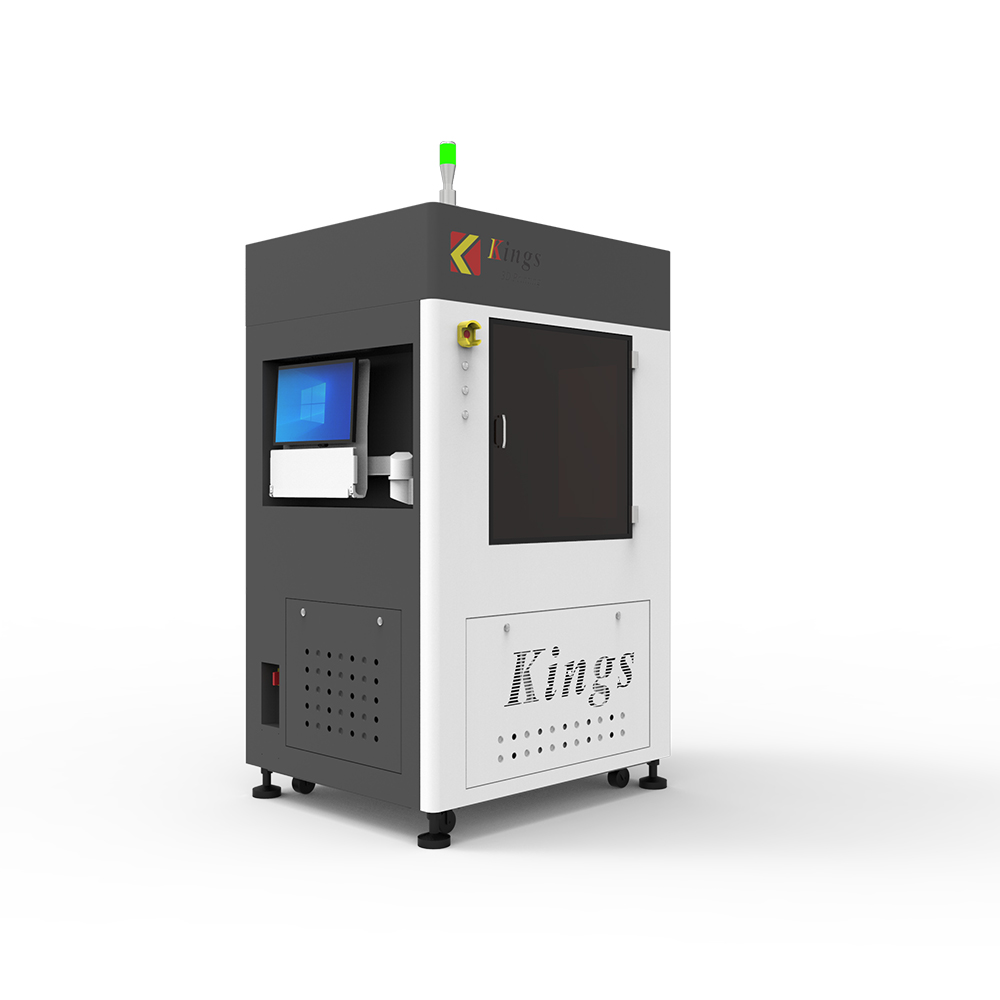Keywords: 3D printing technology, footwear mold, 3D printing shoe molds, Footwear mold revolution, SLA 3D printing technology, SLM 3D printing technology, additive manufacture
The age-old footwear industry is experiencing a transformative wave driven by 3D printing technology. Footwear molds, playing a critical role in shoe production, are undergoing a revolution in their manufacturing processes, directly impacting the efficiency and future direction of the entire industry. This article delves into the evolutionary journey of footwear mold manufacturing, contrasting traditional methods with the emerging SLA and SLM 3D printing technologies, and exploring the bright future 3D printing holds for this sector.
1. Traditional Footwear Mold Manufacturing: Cumbersome and Limited

As outlined in the opening section, traditional footwear mold manufacturing is a complex and time-consuming process. From design to final molding, it involves multiple stages, including wooden mold creation, silicone mold fabrication, plaster mold casting, metal mold casting, and etching. This method is not only labor-intensive and time-consuming but also presents several limitations:
- Lengthy Cycle and Low Efficiency: The numerous mold-making and casting steps result in a prolonged production cycle, struggling to keep pace with the rapidly changing market demands.
- High Costs: The intricate process necessitates significant investments in manpower and resources, leading to elevated production costs.
- Design Constraints: Traditional methods struggle to create intricate structures and fine textures, restricting designers' creativity.
-Environmental Pollution: ** Processes like chemical etching generate wastewater and waste materials, posing environmental hazards.
2. 3D Printing Technology: Innovation and Breakthroughs

The texture can be directly attached to the 3D drawing by CAD software, and the effect can be previewed in real-time. Metal 3D Printing can bring the designer’s idea into reality, no matter how complex it is.
With the rapid advancement of 3D printing technology, SLA (Stereolithography) and SLM (Selective Laser Melting) have emerged as mature solutions for footwear mold manufacturing, bringing revolutionary changes to the industry:
- SLA Technology: Primarily used for prototyping and soft material footwear molds. Compared to CNC-machined wooden molds, SLA technology allows for rapid and precise printing of complex structures, shortening design verification cycles and reducing costs.
- SLM Technology: Enables direct printing of metal molds with etched textures, eliminating the need for tedious mold-making and etching processes. This significantly streamlines production, enhances efficiency, and achieves environmentally friendly manufacturing.

3. Comparing Traditional and 3D Printing:
Advantages and Limitations
| Process | Advantages | Disadvantages | Application Scope |
| Traditional | Mature and stable, relatively low cost | Long cycle times, low efficiency, design limitations, environmental pollution | Suitable for mass production of molds with low precision requirements |
| SLA 3D Printing | Fast, high precision, can create complex structures | Limited material strength, relatively high cost | Suitable for prototypes, soft material molds, small batch production |


3D printing can achieve 360° printing, with clear lines, sharp edges and corners. After confirming the sample, it can be formed at one time without modification, and the appearance and structure can be quickly confirmed.


With rubber-like resin, the 3D Printed shoe model can be used for checking design, and can also be tried on for fitting test.


The 3D-printed mold skips the casting process and is directly used for the production of PU shoe soles. It can be used for plastic injection, PU, and cold-pressed insole molds. It is temporarily not suitable for hot-pressed rubber, molded EVA, and injection EVA.


In the future, everyone can tailor their own 3D-printed shoes. It is more in line with the personal size, and at the same time can achieve a lighter and more comfortable sole structure.

| SLM 3D Printing | No mold-making required, direct printing of metal molds, high precision, environmentally friendly | High cost, large equipment investment | Suitable for high-precision, complex metal molds


Mold ventilation holes greatly improve the production efficiency in sole manufacturing, and lower the defective rate.
- Preset by 3D modeling, with a minimum diameter of 0.2mm
- Realized via the scanning gap, <0.1mm diameter

-Refined scanning of the appearance area and rapid scanning of the internal area
-Mixed Layer thickness in one part
-Differentiated printing techniques for each section of the mold
4. 3D Printing: Leading the Future of Footwear Mold Industry
3D printing technology presents unprecedented opportunities for the footwear mold industry:
- Accelerated Product Development printing enables rapid prototyping, shortening design verification cycles and speeding up product launches.
- Design Innovation: It allows for complex structures and personalized customization, offering designers greater creative freedom.
- Enhanced Efficiency and Reduced Costs: Streamlining production processes, 3D printing improves efficiency and lowers manufacturing costs.
- Environmental Sustainability: It reduces waste generation, contributing to green and sustainable manufacturing practices.
- Future Prospects: Personalized Customization and Smart Manufacturing
As 3D printing technology continues to evolve and costs decline, the future of the footwear mold industry will be shaped by personalized customization and smart manufacturing:
- Personalized Customization: Consumers will be able to customize footwear molds based on individual needs, creating unique and personalized shoes.
- Smart Manufacturing: Integration of 3D printing with artificial intelligence and big data will automate and intelligentize mold manufacturing, further enhancing production efficiency and product quality.
5. Why does 80% of the Shoe market choose Kings 3D?
- Kings 3D is the first Chinese 3D printer manufacturer that brought 3D solutions for shoe sole and molding companies and has developed customized machine models and customized control software for the shoe industry.
- RhinoOrang improves the 3D modeling efficiency by 30-40%.
- Long-term printing stability and fast printing efficiency.
- Better details in texture and diamond design.
- Various materials meet different requirements: KS408B brown resin for prototype and for casting mold, KS198S rubber-like resin for the fitting test, and high temp-resistant resin for PU quick mold.


6. Conclusion
3D printing is reshaping the footwear mold manufacturing industry, presenting both opportunities and challenges. Embracing 3D printing and actively exploring innovative applications is key for the industry to stand out in the future competition. As technology advances, 3D printing will undoubtedly play a more significant role in footwear mold manufacturing, propelling the industry towards a brighter future.




































